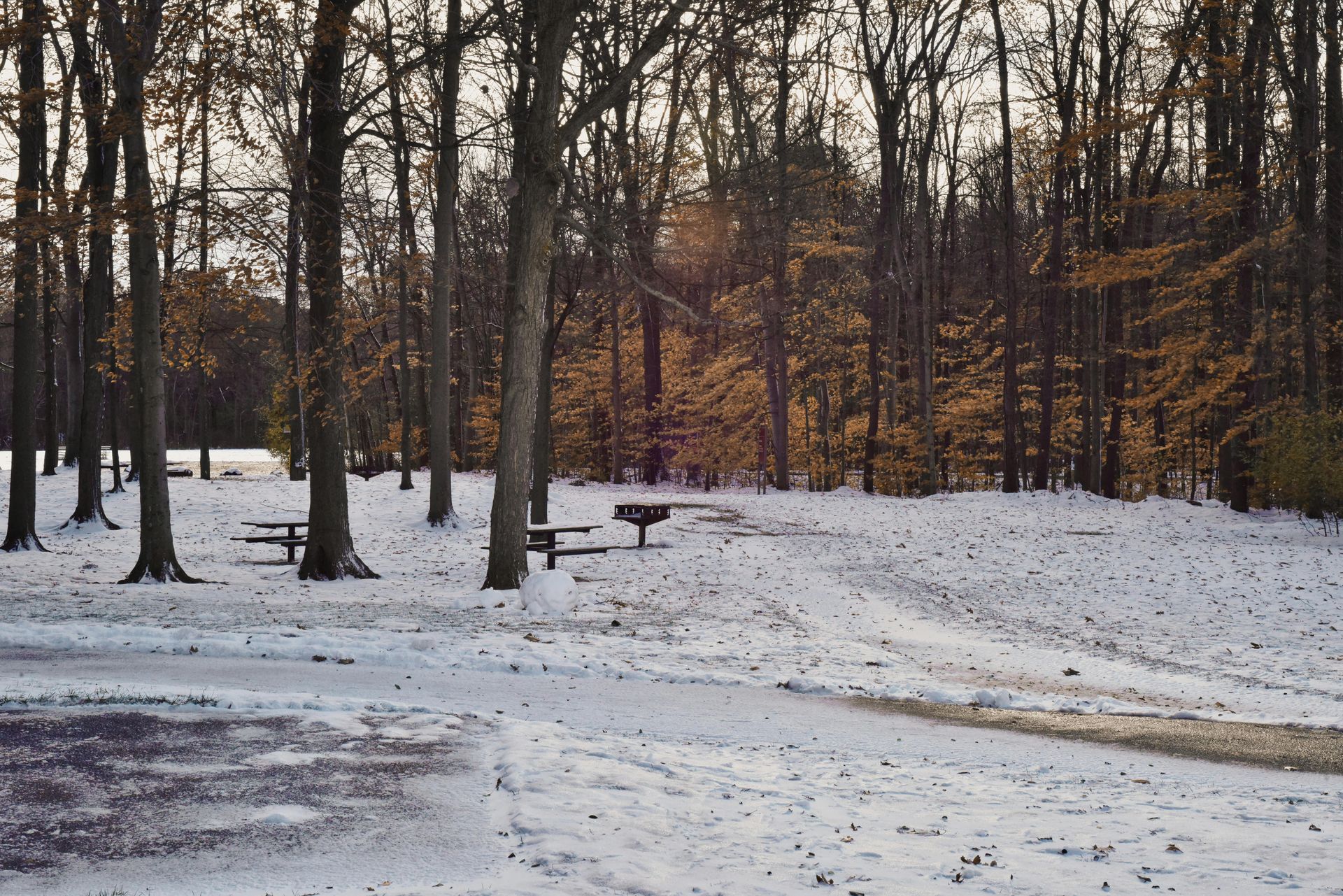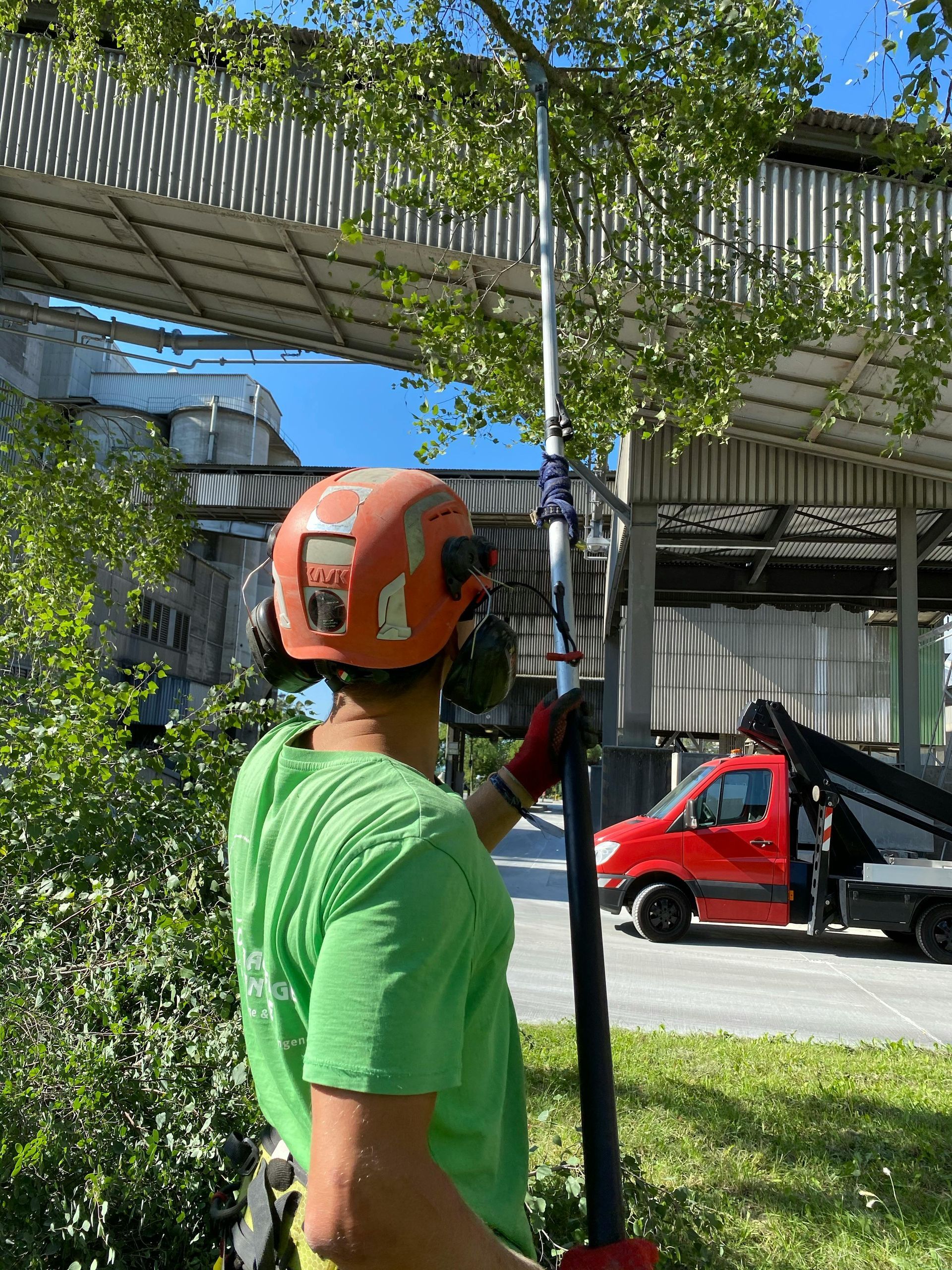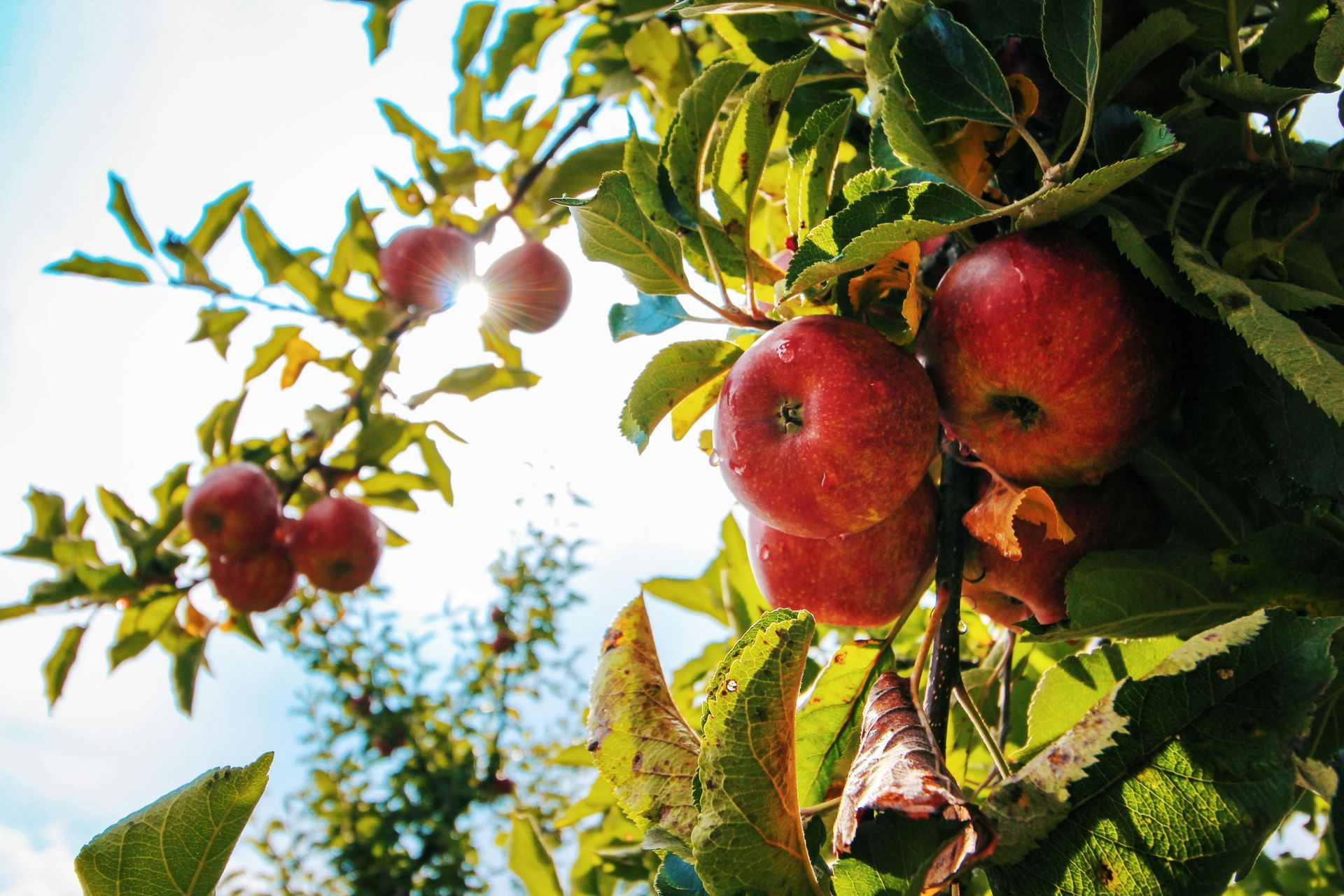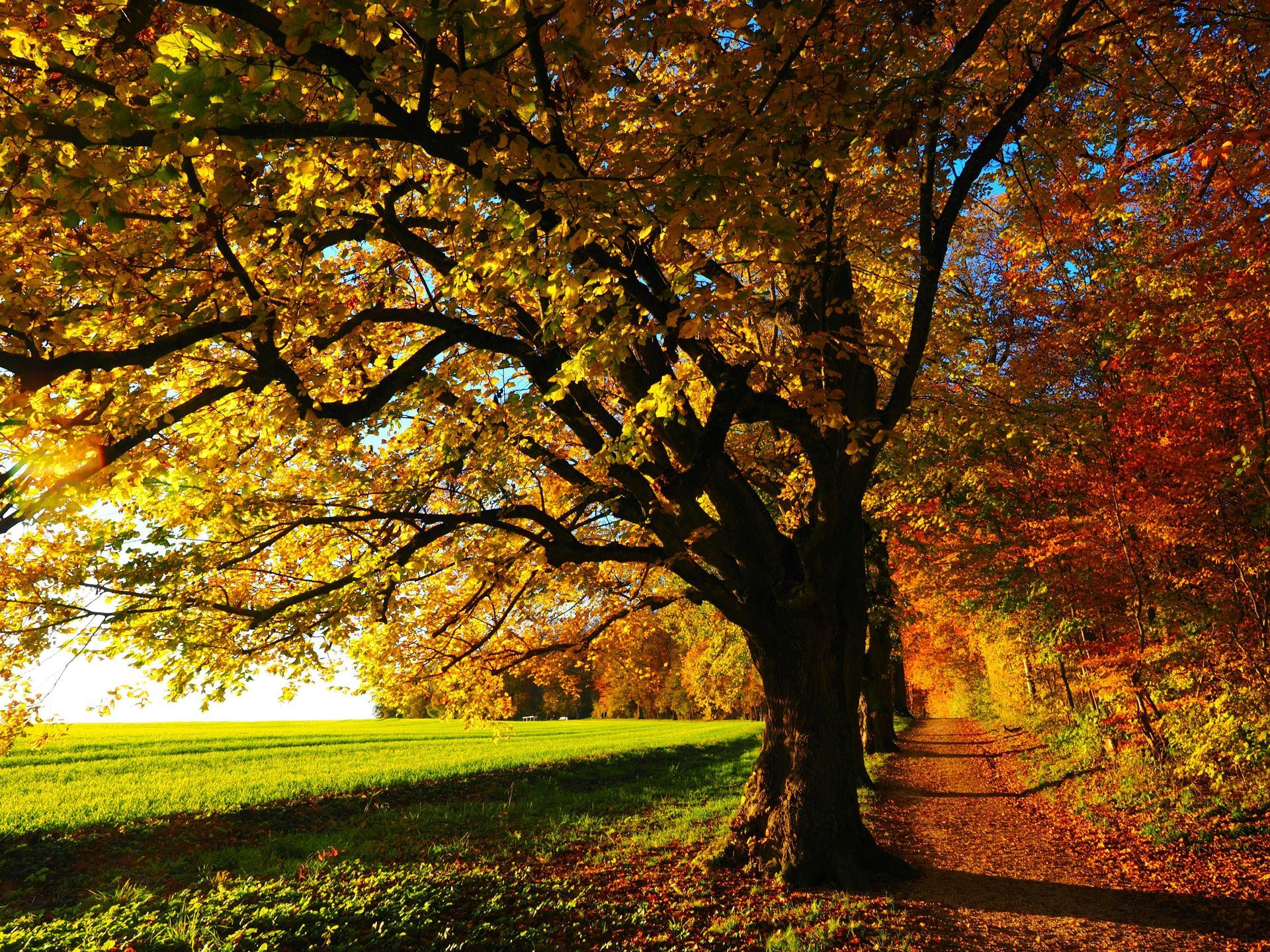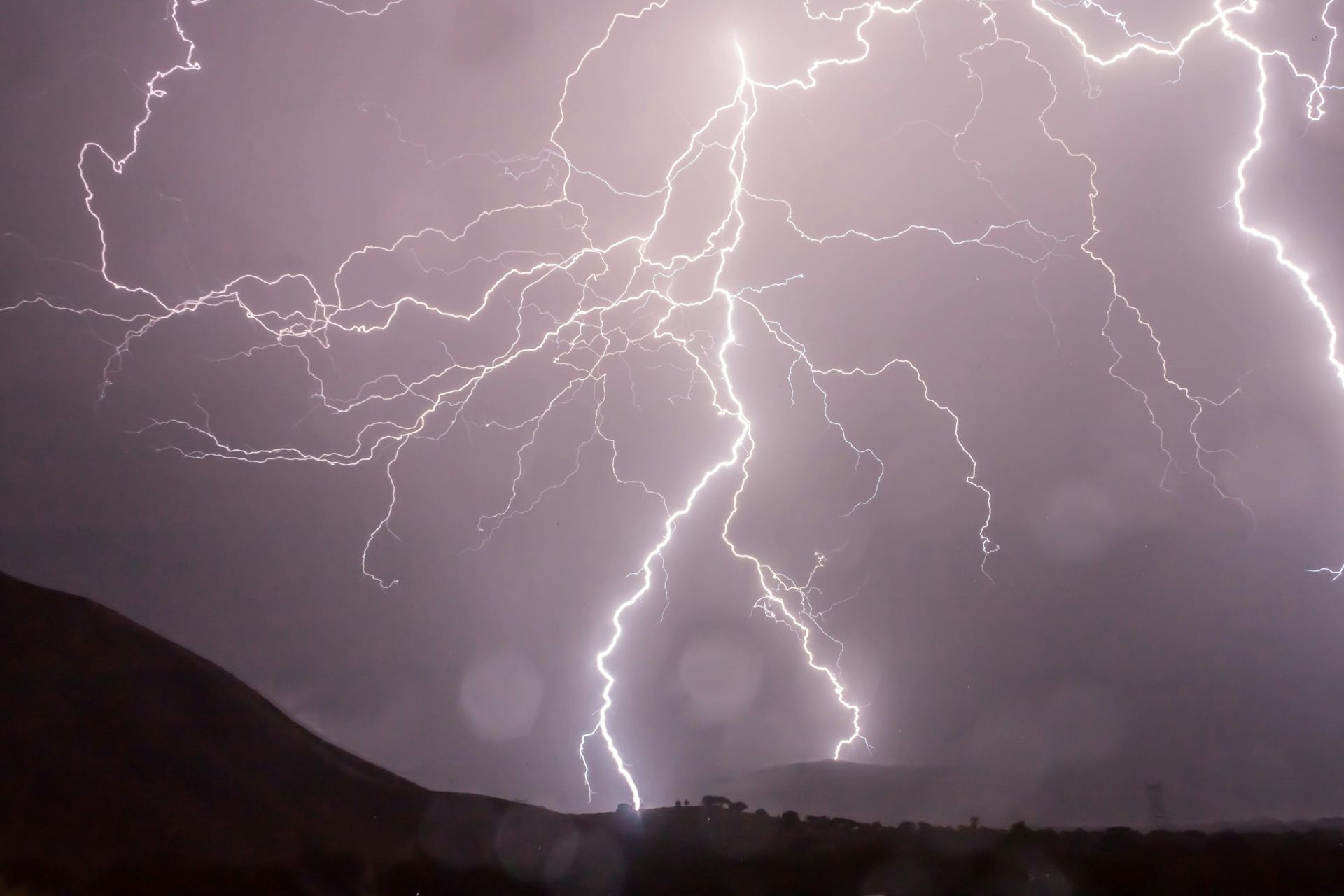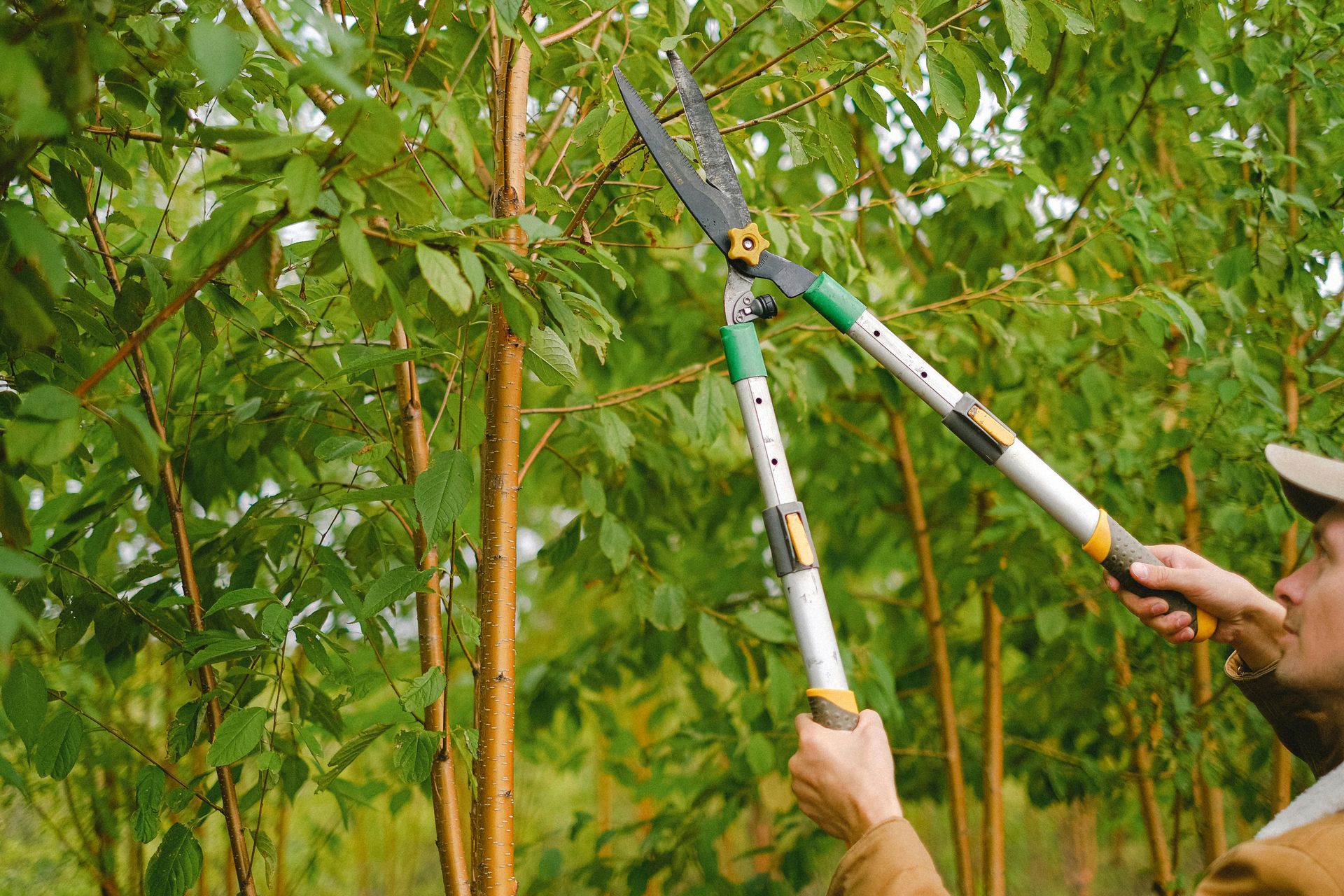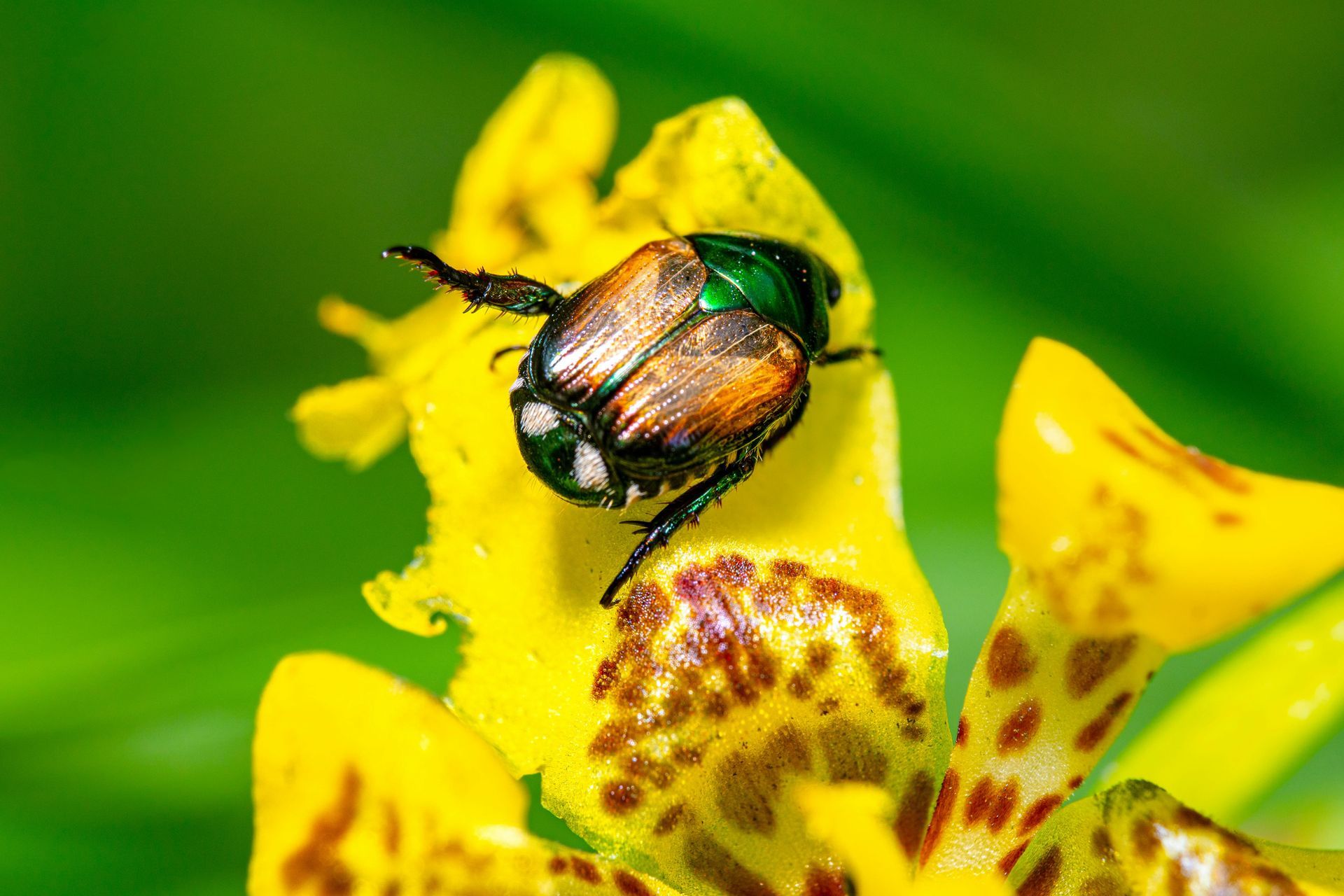Dormant Season Tree Care — What You Can (and Should) Do in Winter
Dormant Season Tree Care — What You Can (and Should) Do in Winter
Introduction
Don’t assume tree care stops in winter. Learn what arborists recommend during the dormant season, including pruning, inspections, and storm prep.
What can you do for trees in winter?
- Prune during dormancy for structure and health
- Inspect for storm risks
- Monitor moisture levels in dry winters
- Schedule work while trees are less stressed
1. Dormancy Is the Ideal Time to Prune
When leaves fall, tree structure is easier to see. That makes this the best time to:
- Perform corrective and structural pruning
- Thin or shape the canopy
- Improve clearance over walkways and structures
- Train young trees and fruit trees
Most dormant pruning can begin in late November and continue through early spring before buds begin to swell.
2. Trees Are Less Stressed in Cool Weather
Cooler temperatures and dormancy mean:
- Less risk of disease transmission
- Minimal sap flow
- Better conditions for healing when spring growth starts
This is a great time for larger pruning jobs or removals that would be riskier during active growth periods.
3. Moisture Monitoring Still Matters
If autumn was dry and the winter stays mild, younger trees or those in sandy soil may benefit from watering during warm spells above 40°F.
Even dormant trees still require moisture at the root level.
4. Get Ahead Before the Spring Rush
Winter is the best time to:
- Schedule dormant pruning or inspections
- Remove hazard trees
- Plan spring work before contractors are fully booked
Booking in the off-season ensures you’re not scrambling when the growing season begins.
Final Thoughts
Just because trees are dormant doesn’t mean they stop needing care. Taking advantage of winter conditions allows you to protect your trees with less stress and more flexibility.
Contact us today to schedule dormant pruning or a winter inspection. Call 219-331-5901

